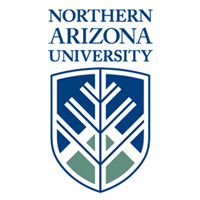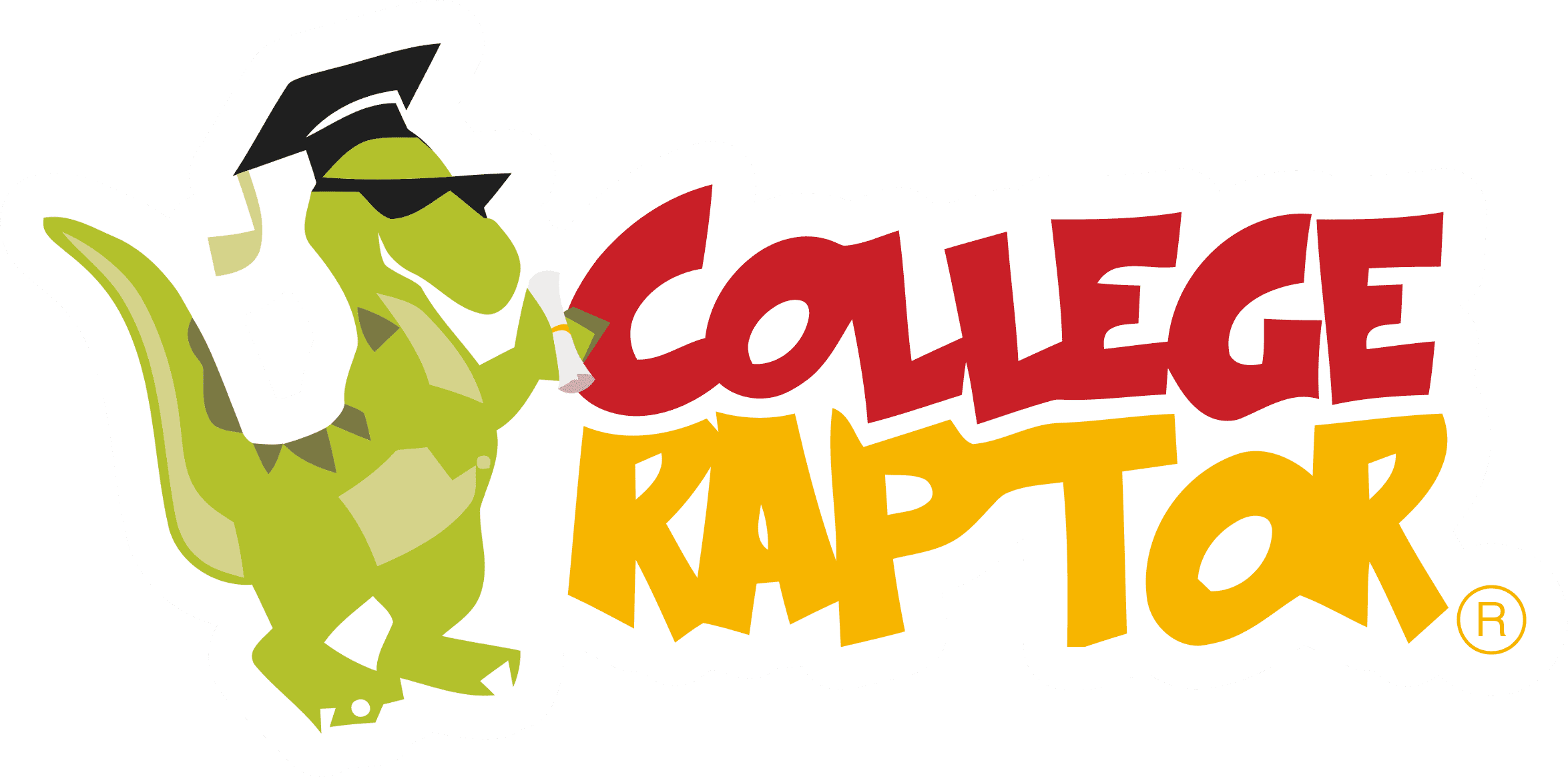
- Find Your College
- Scholarships
- Pay for College
-
Articles
- COLLEGES
- Most Recent
- Affordability & Cost
- College Search
- Comparisons
- College Majors & Minors
- Myths
- News & Trends
- Tips, Tools & Advice
- Admissions
- Most Recent
- ACT & SAT
- College Admissions
- College Applications
- Myths
- Online Colleges
- Questions & Answers
- About
- Home
- >
- Browse All Majors
- >
- Parks, Recreation, Leisure, And Fitness Studies
- >
- Parks, Recreation and Leisure Studies
Parks, Recreation and Leisure Studies
Select Type of Degree:
Select State:
|
#1

SUNY Cortland
|
|||||||||||
|
#2

University of Toledo
|
|||||||||||
|
#3

Indiana University-Bloomington
|
|||||||||||
|
#4

University of Illinois Urbana-Champaign
|
|||||||||||
|
#5

Northwest Missouri State University
|
|||||||||||
|
#6

University of Northern Iowa
|
|||||||||||
|
#7

Southern Oregon University
|
|||||||||||
|
#8

Ohio University-Main Campus
|
|||||||||||
|
#9

Southern Illinois University-Carbondale
|
|||||||||||
|
#10

Northern Arizona University
|
|||||||||||
|
*The estimated net prices above are College Raptor’s estimate. Please contact the college financial aid office for actual net cost figures.
|
|||||||||||
| Institution | Scaled Score | Acceptance Rate | Annual Degrees Awarded | SAT Score | Est. Net Price * | Median Starting Salary | Save | |
|---|---|---|---|---|---|---|---|---|
 SUNY Cortland Cortland, NY Annually, SUNY Cortland grants about 165 degrees to students majoring in...view more | 100 | 51% | 15 | 1,100 – 1,250 | $18,474 | $53,819 | ||
 University of Toledo Toledo, OH Each year, the University of Toledo grants around 277 degrees to those...view more | 100 | 95% | 19 | 1,100 – 1,310 | $17,927 | $47,373 | ||
 Indiana University-Bloomington Bloomington, IN At Indiana University-Bloomington, the three most popular college majors...view more | 99 | 80% | 26 | 1,210 – 1,410 | $16,282 | $51,172 | ||
 University of Illinois Urbana-Champaign Champaign, IL At the University of Illinois Urbana-Champaign, the three most popular...view more | 98 | 44% | 49 | 1,290 – 1,510 | $14,297 | $46,934 | ||
 Northwest Missouri State University Maryville, MO At Northwest Missouri State University, the three most popular college majors...view more | 95 | 86% | 14 | 970 – 1,150 | $15,497 | $50,818 | ||
 University of Northern Iowa Cedar Falls, IA At the University of Northern Iowa, the most popular majors students study...view more | 90 | 94% | 8 | 1,040 – 1,240 | $15,931 | $52,344 | ||
 Southern Oregon University Ashland, OR Each year, Southern Oregon University grants around 110 degrees to students...view more | 87 | 83% | 11 | 980 – 1,230 | $17,433 | $47,459 | ||
 Ohio University-Main Campus Athens, OH Each year, Ohio University-Main Campus grants around 1714 degrees to students...view more | 74 | 85% | 11 | 1,110 – 1,310 | $20,550 | $49,413 | ||
 Northern Arizona University Flagstaff, AZ Each year, Northern Arizona University awards about 462 degrees to those...view more | 70 | 91% | 10 | 990 – 1,190 | $16,544 | $48,148 | ||
 Southern Illinois University-Carbondale Carbondale, IL At Southern Illinois University-Carbondale, the most popular majors students...view more | 70 | 90% | 7 | 940 – 1,180 | $16,131 | $46,674 |
*The estimated net prices above are College Raptor’s estimate. Please contact the college financial aid office for actual net cost figures.
About Parks, Recreation and Leisure Studies
A program that focuses on the principles underlying recreational and leisure activities, and the practices involved in providing indoor and outdoor recreational facilities and services for the general public.
Those who are passionate about Parks, Recreation and Leisure Studies can study up to a Doctors degree research scholarship. Right now, 2,674 students are granted some level of degree in Parks, Recreation and Leisure Studies around the United States each year. More students earn a degree in Parks, Recreation and Leisure Studies in the state of Illinois than any other state. The average starting salary for a graduate with a bachelor's degree in Parks, Recreation and Leisure Studies is $39,000.
Careers
The highest paying job for Parks, Recreation and Leisure Studies majors is Recreation and Fitness Studies Teachers, Postsecondary. But, another thing to consider is how much demand there is for specific careers. A career that is in high need that a degree in Parks, Recreation and Leisure Studies can prepare you for is Recreation and Fitness Studies Teachers, Postsecondary.
Top Paying Careers
These are the highest paying careers for Parks, Recreation and Leisure Studies majors.
| Career | Median Salary | Average Annual Job Openings | Employment 2022 | Employment 2032 | % Change | |
|---|---|---|---|---|---|---|
| Recreation and Fitness Studies Teachers, Postsecondary | $75,770 | 408 | 5,118 | 5,275 | 3% |
Most In-Demand Careers
These are the careers in highest demand for Parks, Recreation and Leisure Studies majors.
Student Demographics




Subscribe to Our Newsletter
Join thousands of students and parents learning about finding the right college, admissions secrets, scholarships, financial aid, and more.

College Raptor, Raptor, InsightFA, FinanceFirst, and “The Right College. The Best Price.” are registered trademarks of College Raptor, Inc.


